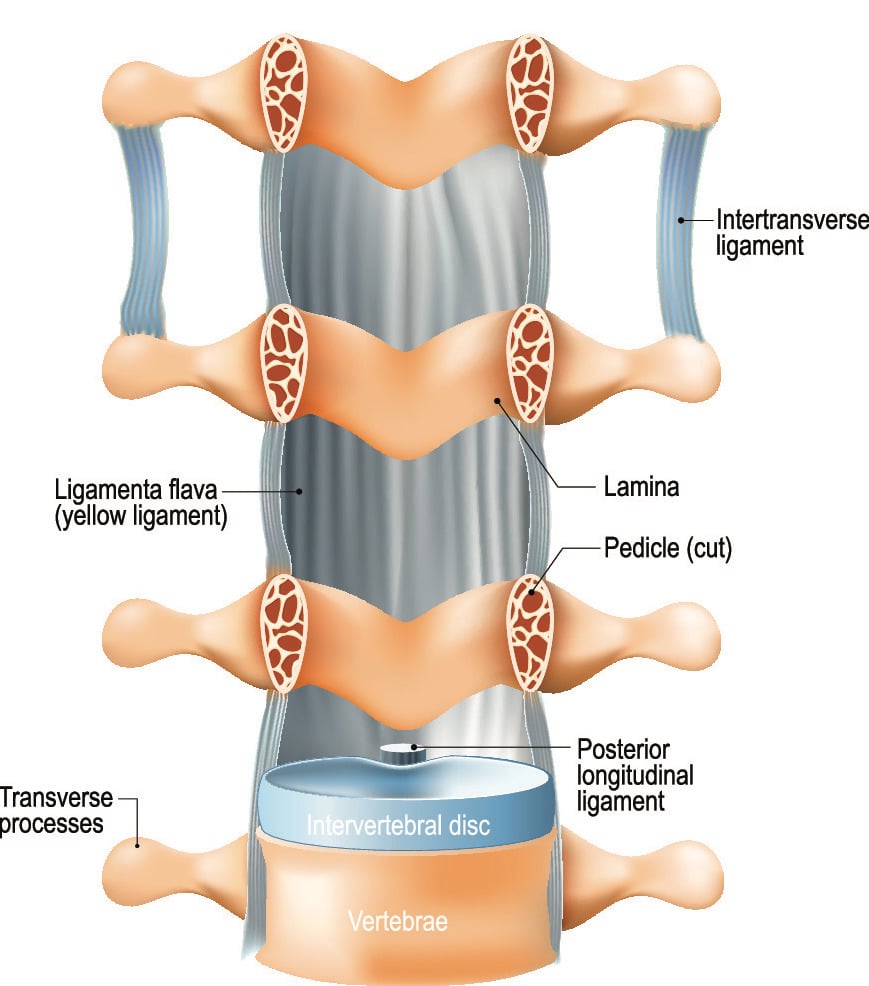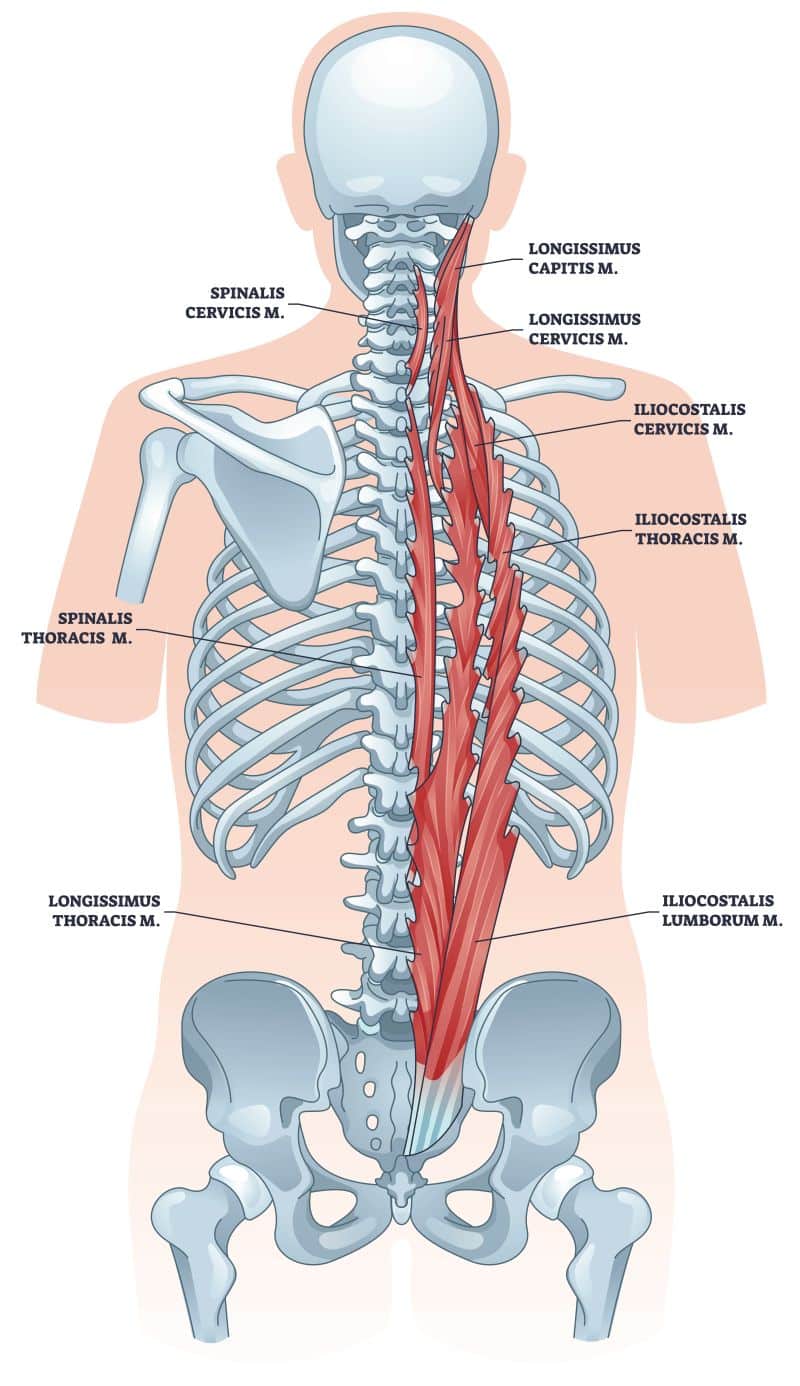The spine plays a crucial role in supporting the body’s structure and facilitating movement. While the bones of the spine provide stability and protect the delicate spinal cord, it is the soft tissues that surround and support the spine that allow for flexibility and controlled motion. In this article, we will explore the different soft tissues of the spine, including ligaments, tendons, and muscles, and their essential functions.
Muscles
Muscles play a crucial role in supporting the spine, facilitating movement, and maintaining posture. There are numerous muscles involved in spine function, but we will focus on the key muscle groups:
- Erector Spinae: The erector spinae muscles are a group of muscles that run along the length of the spine. They consist of three main parts: the iliocostalis, longissimus, and spinalis muscles. The erector spinae muscles are responsible for maintaining an upright posture and controlling movements such as bending and twisting. They provide stability to the spine and help to resist excessive flexion (forward bending) and extension (backward bending).
- Transversospinalis Muscles: The transversospinalis muscles are a group of deep muscles located in the back. This group includes the semispinalis, multifidus, and rotatores muscles. These muscles are responsible for controlling fine movements of the spine, including rotation and extension. They play a vital role in maintaining spinal stability and facilitating controlled movement.
- Abdominal Muscles: While not directly part of the spine, the abdominal muscles, including the rectus abdominis and obliques, are essential for spinal stability and core strength. They work in conjunction with the back muscles to support the spine during various activities.

Tendons
Tendons are fibrous cords that connect muscles to bones, allowing for controlled movement by transmitting the force generated by muscles. In the spine, tendons work in harmony with the muscles to control movement and maintain stability:
- Paraspinal Tendons: These tendons connect the muscles along the sides of the spine to the vertebrae. They assist in maintaining posture, controlling spinal movement, and providing stability.
- Supraspinous and Infraspinous Tendons: Found in the posterior aspect of the spine, these tendons connect the spinous processes and provide support, particularly during extension (backward bending) and rotation movements.
Ligaments
Ligaments are strong bands of fibrous connective tissue that connect bones to bones, providing stability and limiting excessive movement within a joint. In the spine, several ligaments play vital roles:
- Anterior Longitudinal Ligament: This ligament runs along the anterior (front) surface of the vertebral bodies and helps prevent excessive extension (backward bending) of the spine.
- Posterior Longitudinal Ligament: Situated along the posterior (back) aspect of the vertebral bodies, this ligament prevents excessive flexion (forward bending) of the spine and helps to protect the spinal cord.
- Ligamentum Flavum: Found between the laminae of adjacent vertebrae, the ligamentum flavum helps maintain the alignment of the spine, assisting with posture and stability.
- Interspinous Ligaments: These ligaments connect the spinous processes (the bony projections on the back of the spine) and help limit excessive flexion and rotation of the spine.

Takeaway
Understanding the soft tissues of the spine, including ligaments, tendons, and muscles, is crucial for comprehending the complexity of spinal function and stability. Ligaments provide stability and limit excessive movement, tendons connect muscles to bones, and muscles work together to facilitate movement and maintain posture.
